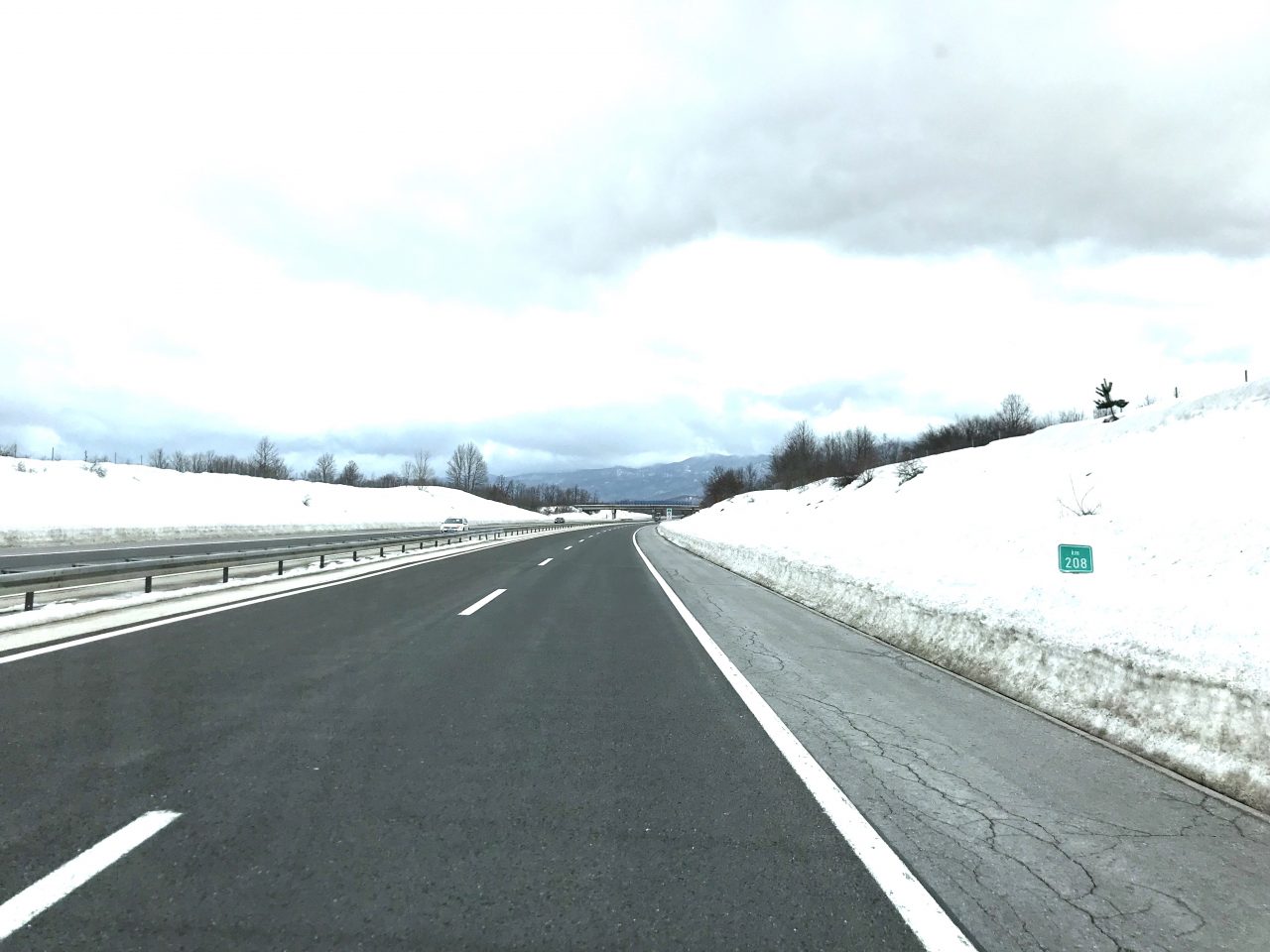As you can see on my live map, I have been travelling from Germany through Czech Republic and Slovenia over to the Croatian coast on my way to Greece.
Let me toll you more about the toll system in Croatia.
Why do you have to pay?
Since Croatia declared independence from Yugoslavia, the country has experienced a tremendous rise. Today Croatia is a member of many Western organizations and part of the European Union.
The country is a rising tourist hotspot. Therefore, many resources have been invested in infrastructure development in recent decades. This also applies to the motorway network. For its use however, tolls are charged in Croatia. The sums collected enable to finance the motorways and make further investments possible.
In addition to the highway toll, there are also fees for other traffic structures in Croatia such as Krk Bridge, Mirna Viaduct and the Ucka tunnel.
How much is the toll?
There is no vignette for Croatia such as in Austria or Czech Republic. Instead, the price for using highways and traffic infrastructures are calculated based on the number of kilometers driven and the vehicle class.
Overall, the calculation system is not very transparent but even more complicated as there is no fixed amount per kilometer. Instead, costs are basically being determined by the means of different tables, which apply to each highway individually. Decisive is therefore the distance driven. Passenger cars, trucks and other vehicles such as motorhomes must first check in at a toll booth at the entrance to a highway.
If you would like to know in advance how much you need to plan in for toll fees in Croatia, it is advisable to use a toll calculator upfront.
On my route from Zagreb to Dubrovnik on the way to Albania, I had to pay 80 Euros in total in toll fees for my 5,80 meters long vehicle. I think that’s a fair price for such as beautiful route and fairly well road conditions.
How do you pay?
You generally have two options – cash or by credit or debit card.
When driving onto the motorway, you will receive a toll ticket, which you have to hand in or scan at departure to calculate the distance you have travelled travelled.
If you would like to pay in cash, you must place yourself mostly to the left of the toll booth. There is a staffed counter. If you prefer to settle the sum by card, you can use one of the automatic dispensers. These are usually on one of the right lanes.
If you are asked to pay the toll at the counter, you can decide for yourself whether you want to do this in Euro or in the local currency Kuna. Note however that your change will always be paid back in Kuna.







